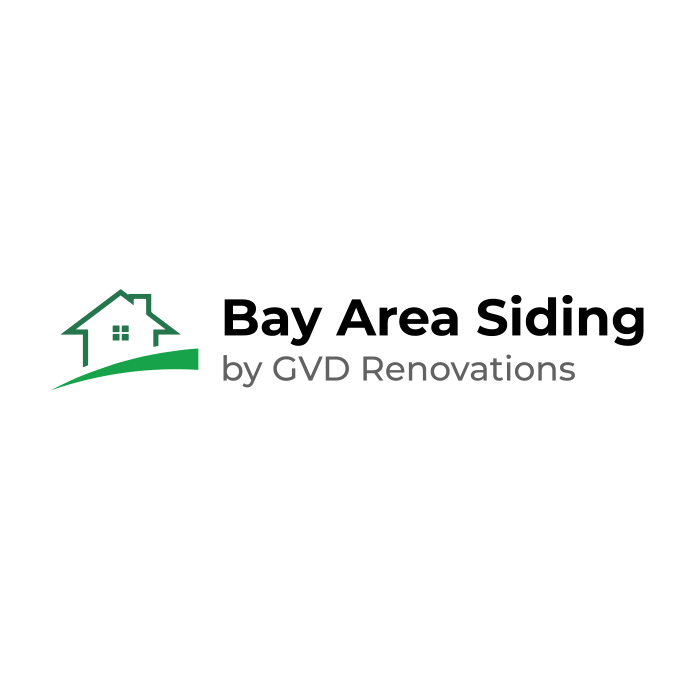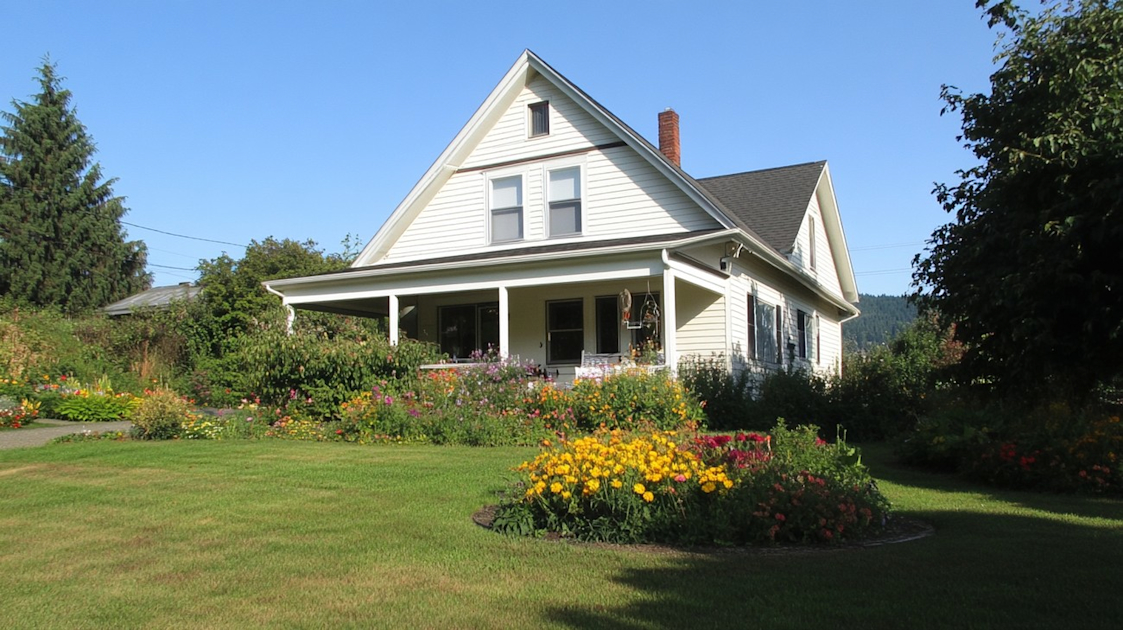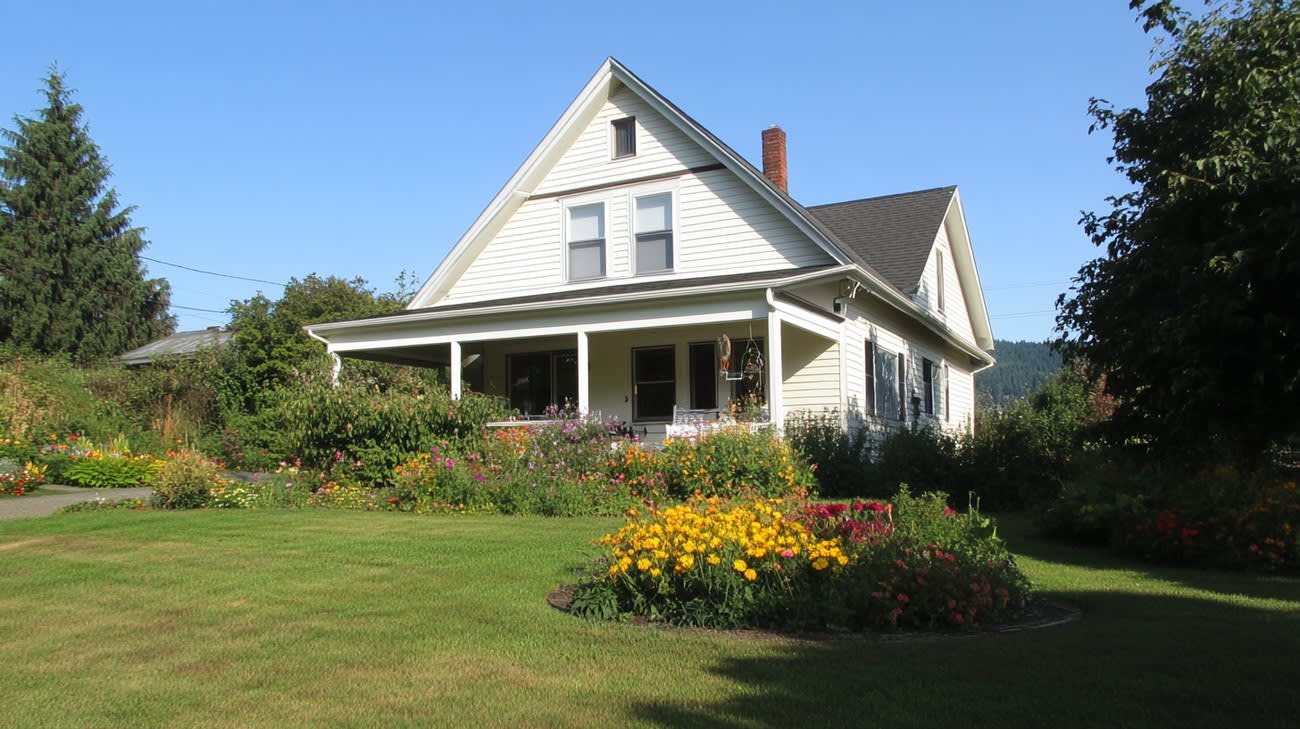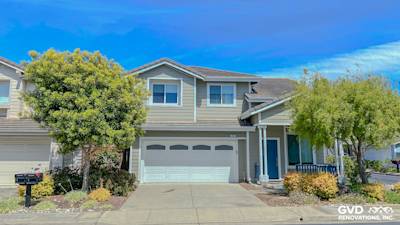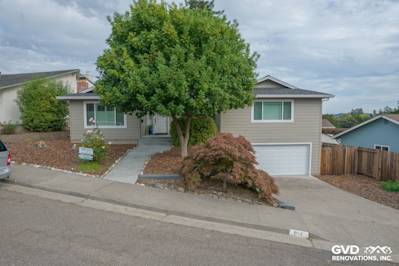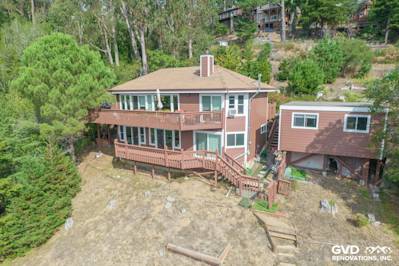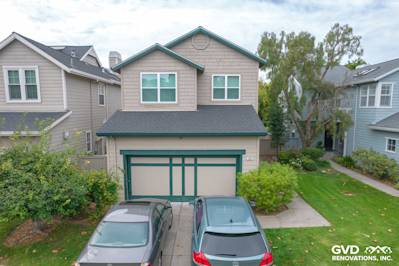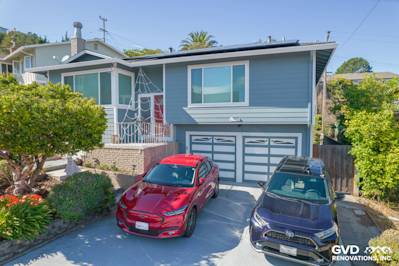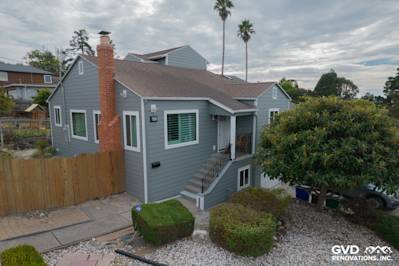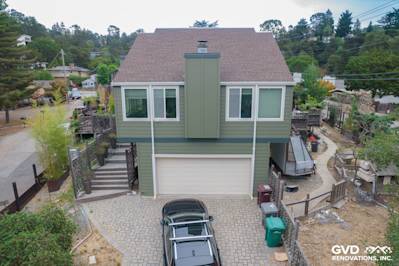Homeownership or management involves some critical decisions that directly affect the longevity and visual appeal of your property. One of those important decisions is choosing the right siding material. In this article, we will dive into the world of hardboard siding, its primary attributes, installation processes, and more.
Understanding Hardboard Siding
Hardboard siding, often referred to as fiberboard or pressboard siding, is a type of exterior wall finish that combines the aesthetics of wood with the convenience of processed material. This type of siding is manufactured with a mixture of wood fibers, wax, and resins, molded under high heat and pressure to create a strong and dense product.
Features of Hardboard Siding
Hardboard siding has earned its popularity due to its distinctive features:
- It mimics the appearance of natural wood without the need for constant upkeep.
- It stands out for its high density, ensuring longevity and durability.
- It offers high resistance against impact damage.
- It provides superior insulation, enhancing your home's energy efficiency.
Different Types of Hardboard Siding
Hardboard siding is available in a diversity of types, offering flexibility in aesthetic choices.
Standard Hardboard Siding
This type is the most common. It's affordable, highly durable, and provides an attractive wooden appearance.
Tempered Hardboard Siding
Tempered hardboard siding is treated with special oils to increase its strength and water resistance. However, it's more expensive compared to standard hardboard siding.
Embossed Hardboard Siding
This type of hardboard siding features a textured surface, offering enhanced visual appeal.
Effective Hardboard Siding Installation
Hardboard siding is easy to install compared to many other forms of siding. However, professional installation is recommended for the best results.
Prepping the Area
The first step in installing hardboard siding is preparing the area. This process includes removing any current siding and ensuring the wall surface is clean and level.
Applying a Weather Barrier
Before installation, your contractor will apply a weather barrier to the wall. This moisture-resistant layer protects your home from the elements.
Fitting the Hardboard Siding
The contractor will measure and cut the hardboard siding to fit your property's exterior walls properly.
Securing the Hardboard Siding
After cutting, the hardboard siding is firmly attached to the wall using nails or screws. It's crucial to ensure that all seams and joints are secure to prevent moisture ingress.
Maintaining Your Hardboard Siding
While hardboard siding is low maintenance, it isn't maintenance-free. Here are some essential maintenance routines to follow:
- Regular inspections: Regular inspection and prompt repair of any damage will enhance the lifespan of your hardboard siding.
- Proper cleaning: Dirt and debris can be removed easily with a power washer.
- Painting: Frequent painting can guard against moisture damage while maintaining your home's visual appeal.
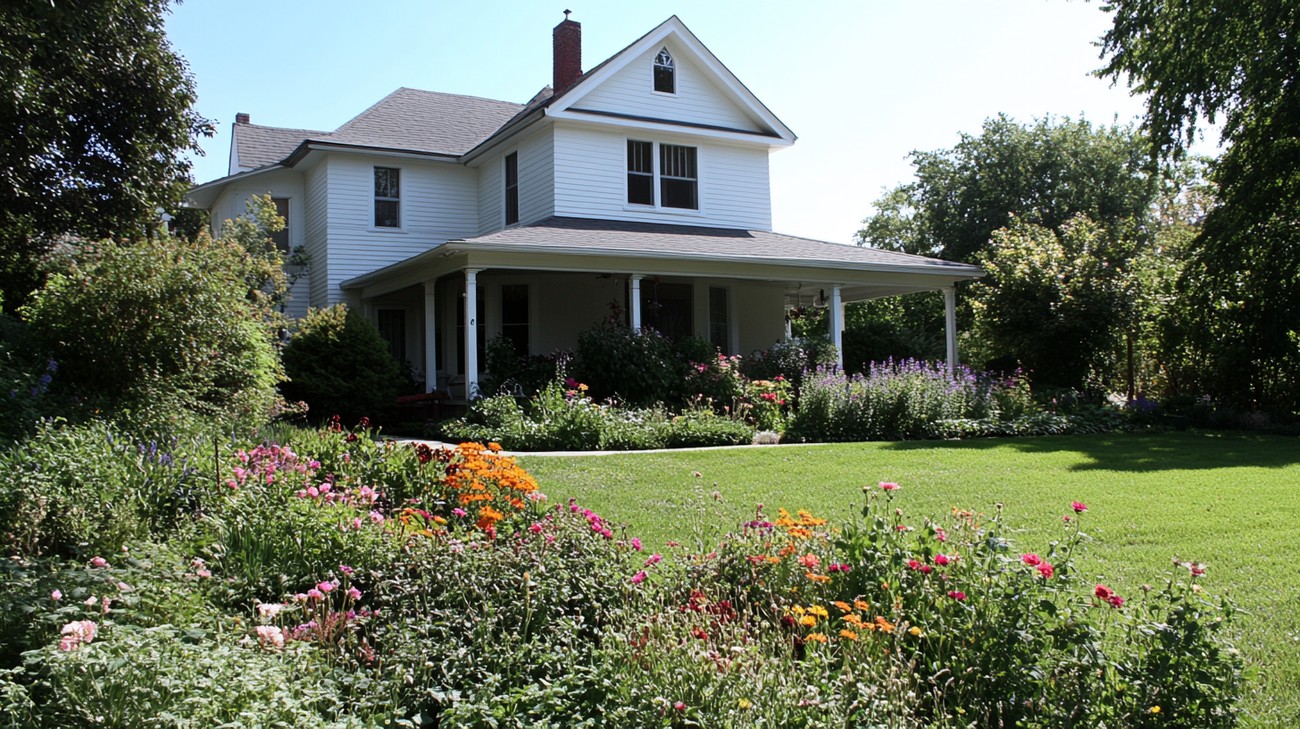
Frequently Asked Questions about Hardboard Siding
What Maintenance Does Hardboard Siding Require?
Hardboard siding usually requires a typical regimen of maintenance. This includes the regular cleaning of the siding, preferably using a power washer to eliminate dirt and grime buildup. Also, you should inspect the siding yearly for any signs of damage or weather wear. Depending on the specifics of your hardboard siding, you may need to re-seal or paint it every few years to maintain its durability and appearance.
How Is Hardboard Siding Installed?
Installing hardboard siding can be a DIY project if you have some previous home renovation experience. However, most homeowners prefer to engage professionals to do it. It involves precise cutting and nailing of the hardboard siding to your home's exterior. It's crucial to carefully follow installation guidelines to ensure the siding performs optimally.
Can I Paint My Hardboard Siding?
Yes, hardboard siding can be painted. In fact, painting is a superb way to freshen up its look or change your home's exterior color. It's recommended to use high-quality acrylic latex paint, which adheres well to the fiber cement present in hardboard siding. You should reapply paint every five to ten years, depending on the local climate and condition of the siding.
What Can Cause Damage to Hardboard Siding?
Several factors can potentially damage hardboard siding. This can include rot from excessive moisture, damage from pests, or physical damage from storms or impacts. However, with regular maintenance, repair of minor damages and correct installation, these problems can be easily mitigated.
Is Hardboard Siding Eco-Friendly?
Hardboard siding is often seen as a greener option compared to other synthetic sidings due to its wood fiber composition. Many manufacturers use recycled wood, making it an eco-friendly choice. Besides, producing hardboard siding generally requires fewer resources than other types of siding.
Does Hardboard Siding Come in Different Styles?
Indeed, hardboard siding comes in a wide range of styles. This ranges from traditional lap siding to vertical panels. You can also find it available in various textures that mimic wood grain, offering an aesthetic similar to natural wood without the associated maintenance issues.
Can Hardboard Siding Be Recycled?
Most forms of hardboard siding can be recycled, as they are made primarily from wood. However, this can depend on the specifics of your local recycling procedures.
How Long Before I Need to Replace My Hardboard Siding?
The lifespan of hardboard siding will largely depend on the quality of the product and your maintenance efforts. Typically, hardboard siding can last for several decades, but if properly maintained, it could endure much longer than that.
Does Hardboard Siding Increase Home Value?
Yes, installing hardboard siding can increase your home value due to its durability, aesthetic appeal, and relatively low maintenance requirements. It provides an instant upgrade to your home's exterior. Furthermore, because of its resilience and long lifespan, future homeowners see it as a bonus as they likely won’t have to replace it anytime soon.
Is Hardboard Siding Suitable for My Climate?
Hardboard siding is versatile and performs well in a wide range of climates. Whether you live in an area where it's humid, dry, cold, or hot, hardboard siding can withstand it. However, if you live in extremely damp conditions, you may need to take additional precautions like applying a moisture barrier to prevent any potential water damage.

Pros of Hardboard Siding
Affordability
Cost-Effective Material
Hardboard siding is one of the most cost-effective options available in the market for siding. It is a less expensive alternative to materials like natural wood and can provide a significant cost advantage, especially for larger projects or on budget constraints.
Lower Installation Costs
Given that hardboard siding is lighter and easier to handle than some other siding materials, it typically requires less labor for installation, leading to savings in terms of labor costs.
Appearance
Wide Variety of Styles and Colors
Hardboard siding comes in a great variety of styles, colors, and textures, ranging from wood grains to smooth finishes. This wide array of options enables homeowners to achieve the desired aesthetics for their home.
Can Mimic the Look of Wood
For homeowners who desire the natural and sophisticated look of wood but do not want to bear the cost or maintenance involved, hardboard siding serves as an excellent alternative. It can convincingly mimic the look of wood, giving the property a high-end look.
Easy Maintenance
Routine Cleaning
Maintaining hardboard siding primarily involves regular cleaning with a soft brush and mild detergent. This routine maintenance can keep the siding looking fresh and new, thus preserving the aesthetics of your home.
Easy Repairs
In case of damage, individual boards of hardboard siding can be easily replaced or repaired. This feature prevents homeowners from having to remove and replace entire sections, saving time, effort, and money.
Cons of Hardboard Siding
Durability Issues
Prone to Moisture Damage
Despite being treated for resistance to moisture, hardboard siding is still prone to moisture-related damage over time. Constant exposure to rain, snow, or high humidity can cause the siding to warp, rot, or suffer from fungal growth.
Susceptible to Pest Invasion
Like any other wood-based product, hardboard siding can attract termites and other pests. This, over time, can degrade the siding, and, if not addressed promptly, could result in extensive damage.
Maintenance Effort
Regular Sealing Requirement
Hardboard siding has to be regularly sealed to protect it from the elements. Auxiliary costs from purchasing sealants and the labor costs involved in applying these regularly can add up to the total cost throughout the siding's life.
Paint Chipping
Unlike vinyl or fiber cement siding, hardboard siding is prone to paint chipping and peeling over time, affecting the look of your home. This requires frequent repainting to maintain the aesthetic appeal, adding to the overall maintenance effort and cost.
Potential Health Risks
Use of Formaldehyde
Hardboard siding is often treated with formaldehyde, a known carcinogen, for added durability and resistance to pests. While the risk is low when the material is intact, homeowners should be aware of the potential health risk, especially during installation or repair when dust particles containing the chemical may be released into the air.
Potential for Mold Growth
Due to its composition and texture, hardboard siding can retain moisture, creating a conducive environment for mold growth. Constant and untreated mold presence can lead to health issues, especially for those with asthma or other respiratory problems.

Myths and Misconceptions About Hardboard Siding
When it comes to choosing materials for home improvement projects, especially those involving siding, house owners often have a preconceived notion about certain materials. Hardboard siding is one such material that is surrounded by many myths and misconceptions. Here, we aim to debunk some of the most common false beliefs related to hardboard siding.
Myth 1: Hardboard Siding is Not Durable
The Truth About Durability
One of the most prevalent misconceptions about hardboard siding is that it isn't durable. This couldn't be further from the truth. Hardboard siding, especially when it's maintained properly, can last for decades. It's resistant to many environmental elements, such as wind and sun, and is less likely to crack or chip compared to other types of siding.
Myth 2: Hardboard Siding Requires Constant Maintenance
The Real Deal on Maintenance
Many people believe that hardboard siding requires constant, intense upkeep. However, it isn't all that high-maintenance. Like any other siding material, hardboard siding does require some care, but it isn't overly demanding. Regularly cleaning the siding and repainting it every few years will typically be enough to keep it in good condition. This regular care can also help prevent any potential issues, like rotting or swelling.
Myth 3: Hardboard Siding is Bad for the Environment
The Environmental Impact
Another widespread misconception about hardboard siding is that it's bad for the environment. Hardboard siding is actually an environmentally-friendly option. It's often made from recycled wood fibers, which helps reduce waste. Additionally, manufacturers typically use less energy to produce hardboard siding compared to other materials, which reduces the carbon footprint.
Myth 4: Hardboard Siding is Prone to Moisture Damage
Moisture Damage Reconsidered
There's also a belief that hardboard siding is highly susceptible to moisture damage. While it's true that hardboard siding, like any wood-based product, can be damaged by water if not properly cared for, it's not especially vulnerable. With proper installation, regular maintenance, and the use of high-quality primers and paints, hardboard siding can resist moisture-related issues just as effectively as other siding materials.
Myth 5: Hardboard Siding Looks Fake
The Truth about Hardboard Siding's Appearance
There's a misconception that hardboard siding lacks the authentic, natural look of real wood. The truth is that high-quality hardboard siding can look just like natural wood, thanks to advanced manufacturing techniques. The material can be molded and painted to mimic the grain, texture, and color variations of various types of wood, often fooling even seasoned home renovators.
Myth 6: Hardboard Siding is Expensive
Getting Real about Cost
Many people believe that hardboard siding is more expensive than other materials. While it might cost slightly more upfront compared to vinyl siding, for example, the overall cost often turns out to be lower. This is because hardboard siding typically lasts longer and requires less replacement over the years. Plus, by enhancing the home’s curb appeal, it can also increase the property's resale value.
So, if you're planning to install siding, don't let these myths and misconceptions about hardboard siding guide your decision. Always base your choices on accurate information, and remember that every material has its strengths and weaknesses.
Summary
Overall, hardboard siding offers a pleasing blend of form and function for homeowners. It's a versatile material and can fit a variety of home styles and architectural designs. The material also offers a great deal of durability and resilience, making it a sensible choice for individuals living in areas prone to harsh weather conditions. This is all thanks to the high density of hardboard siding which provides superior structural strength.
Another great advantage of using hardboard siding is cost-effectiveness. While it replicates the look of traditional wood siding, it is much more affordable and still provides the same level of visual appeal and character to a home. Not to mention, it requires minimal maintenance in contrast to other siding materials. All these factors combined, make hardboard siding a smart investment for property owners.
Lastly, while there are many positive attributes to hardboard siding, it's important to remember that like any material, it does have its weaknesses. This material can be prone to moisture damage and may need frequent paint touch-ups to maintain its appearance. But as long as it's installed correctly and maintained properly, hardboard siding can add real value in both aesthetics and durability to any home. This makes it a worthwhile consideration for anyone planning a new build or remodeling project.
About Bay Area Siding Company
Bay Area Siding Company is your go-to source for quality and professional siding solutions in Bay Area, CA. We are a community driven and customer-focused company offering a comprehensive range of siding services that bring your architectural visions to life. With extensive experience under our belt, we thrive on delivering excellence in every project we handle - considering each minute detail just as important as the last. We're not just another siding company, we are your neighbors, committed to improving and beautifying our community, one building at a time. Get in touch with us today!
